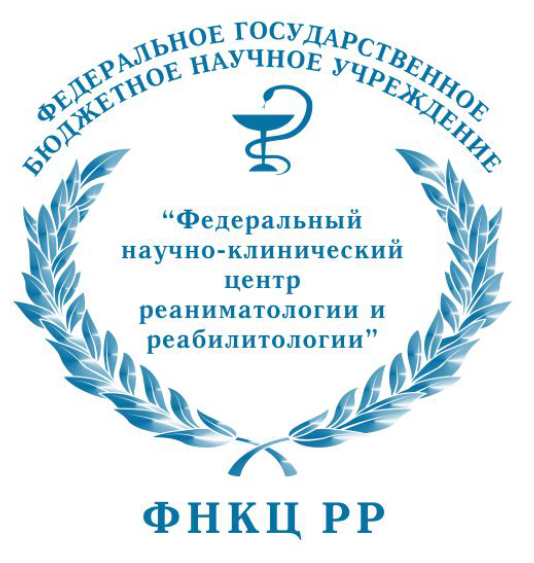
|
ИСТИНА |
Войти в систему Регистрация |
ФНКЦ РР |
||
An integrate analysis of Asiatic salamanders, genus Hynobius using cytogenetics, limb development, and life historyдоклад на конференции
- Авторы: Iizuka K., Sessions S.K., Poyarkov N.A., Lai J.S.
- Международная Конференция (Конгресс) : The 8th World Congress of Herpetology
- Даты проведения конференции: 15-21 августа 2016
- Дата доклада: 20 августа 2016
- Тип доклада: Устный
- Докладчик: Iizuka K.
- Место проведения: Ханчжоу (Тунлу), Китай
-
Аннотация доклада:
We have performed an integrative analysis of Asiatic salamanders of the genus Hynobius (Family Hynobiidae) from Japan and Taiwan, using available information about their biogeography, chromosome numbers, life history, and larval morphology to try to understand their evolutionary relationships. Hynobius species fall into two broad groups on the basis of life history, chromosome number, and larval morphology: 1) Pond-type larvae, with a diploid number of 2n = 56 chromosomes, and interdigital membranes (IMs) that form during early limb development, and 2) stream-type larvae with 2n = 58 chromosomes, and vestigial IMs (vIMs). According to current cytogenetic theory in amphibians, karyotypes with 2n = 58 chromosomes, as found in stream-type larvae, are thought to be plesiomorphic relative to those with 2n = 56 chromosomes, as found in pond-type larvae. This is supported by the fact that the majority of outgroups to Hynobius within the Family Hynobiidae have chromosome numbers greater than 58 (40 – 78, mean = 60). Considering their biogeographical distribution, and using the hynobiid genus Salamandrella (2n = 62, pond-type larvae with fully formed IM) as an outgroup, we conclude that the common ancestor of Hynobius species had a relatively high chromosome number (2n = 58), pond-type larvae, and well-developed IMs. Thus, the genus Hynobius is characterized by mosaic evolution, in which the vIMs of species with stream-type larvae are clearly derived relative to the well-developed IMs of those with pond-type larvae, despite the fact that the former species have retained more plesiomorphic karyotypes. Overall, we are convinced that well-developed IMs, characteristic of pond-type larvae, constitute a synapomorphy for the Cryptobranchoidea. This suggests that the common ancestor of hynobiids, and even of cryptobranchoids, must have had well-developed IMs and possibly therefore pond-type larvae, and that stream-type larvae must have evolved several times independently.
- Доклад на конференции выполнен в рамках проекта (проектов):
- Добавил в систему: Поярков Николай Андреевич